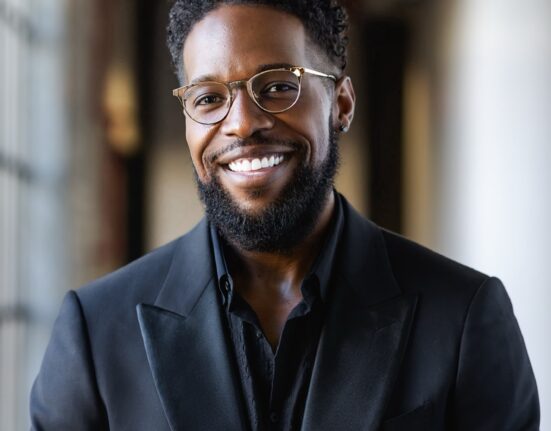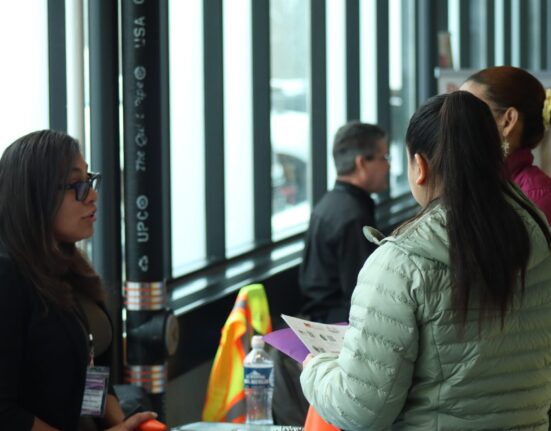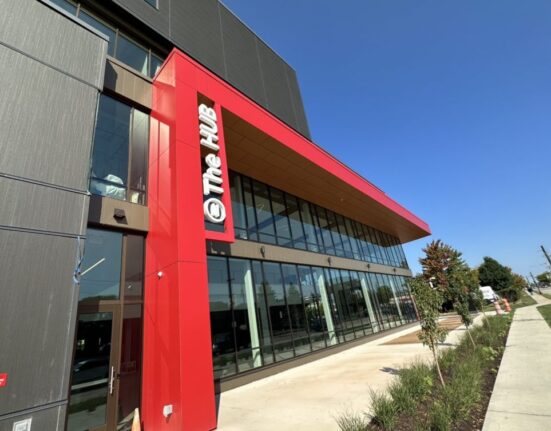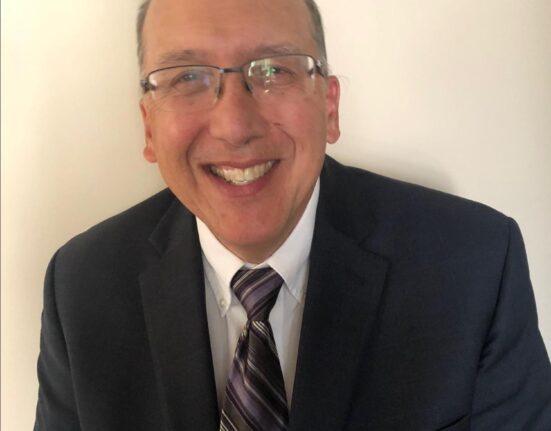
The 2020 uprisings following former Minneapolis police officer Derek Chauvin’s murder of George Floyd sparked a racial reckoning for many—individuals, communities, and institutions began to question their role in advancing racial justice, and the John Michael Kohler Arts Center (JMKAC), a museum uplifting the work of self-taught and contemporary artists in Sheboygan, Wis., was no exception.
At the time, the museum world was already having conversations about how to enhance efforts for diversity, equity, and inclusion (DEI), and JMKAC saw an opportunity to further invest in their existing ethos of generating creative exchanges between artists of diverse backgrounds and the community—so much so that they wanted someone on their team to dedicate themselves fully to DEI work. In a move that felt like “kismet,” in October of 2021, the Arts Center’s longtime Marketing Director Jamie Haack transitioned into the role of Director of Diversity, Equity and Inclusion.
“I see myself as connecting with people, listening, uplifting solutions, and getting buy-in to develop and support a systematic and sustainable culture for inclusivity and belonging,” Haack shared. “I have the responsibility of driving change and working with many diverse people, whether that’s in the community or with my colleagues and staff cross-departmentally. A commitment to equity is woven into all we do.”
Haack first joined JMKAC’s marketing department in 2012 as a project manager. Having gone to college out of state at the University of Minnesota, she was looking for opportunities to feel more connected to the Sheboygan community and to find a place where “creativity and community combine.” Now, she sits as the only DEI director in Sheboygan’s nonprofit sphere.
Beyond the need for a professional change, Haack also had personal stakes in transitioning into the role. During the 2020 uprisings, she noticed the gaps in the white side of her family’s understanding of her and her son’s experience as biracial and Black Wisconsinites. “I thought it was really interesting that they love us a lot but [had] no awareness or understanding [of] how we might be feeling based on our background and these scenarios and situations that are happening to us,” she explained.
“It made me look at Sheboygan differently and [made me] really want to have conversations and dig deeper on equity and inclusion content and the [histories] that affect our current Sheboygan County community,” Haack continued.
Much like the artists featured in JMKAC’s exhibits, Haack’s journey to learning about DEI work was self-taught. When she first started in 2021, she sought out other DEI professionals in the industry who were implementing similar practices at their institutions, pursued a certificate in DEI management from UW-Madison, and took every online course she could find.
In collaboration with a board member, Haack also rolled out a 14-session DEI training for JMKAC employees, covering the basic terminology of concepts like equity, gender, ability, race, white supremacy culture, and more. “Step one [was], let’s have conversations, let’s make sure people can have open dialogue on how they feel comfortable or not with some of these concepts,” she said.
Three years into the job, the Arts Center has made great strides in creating a robust foundation for a systematic DEI practice. Guided by a 2021 diversity audit, JMKAC has identified three main pillars to focus their work around: fostering connection internally between employees, creating sustainable relationships with community members, and formalizing processes that clarify how the Arts Center does its work.
Whether through trainings on empathy and resilience, the assemblage of task forces, or workshops on community organizing, JMKAC strives to give everyone the resources to bring their DEI mission to life. Because of how effective these three pillars have been, JMKAC has implemented them into their current strategic plan, which will guide the Arts Center’s work until 2025. “I am really grateful that the organization prioritizes [the pillars] in that way, so that it’s forefront and everybody’s looking at it through [a DEI] lens,” Haack said.
With all of this work under her belt, Haack is setting her sights on new horizons that will take JMKAC’s DEI work to another level. For one, its accessibility task force invites community members of different ability and neurodiverse backgrounds to visit the museum and identify gaps the Arts Center can fill to enhance the visitor experience for everyone.
With the opening of its new Art Preserve in a second location in 2021, JMKAC has put itself on the map as the world’s first museum to focus entirely on work from art environments, or spaces that have been transformed to embody aspects of artists’ lives. But this national recognition comes with its own challenge, and hopefully, a fruitful place for DEI success: being a place where BIPOC individuals want to work and grow as professionals.
“We’re working towards creating a pipeline for new hires and other BIPOC folks [so that they can] have room to grow within our organization to leadership positions,” Haack said. In essence, this is what happened in her own journey at the museum: “The structure of the Art Center was going to change if I left marketing, but they saw my strengths and used it to support the long term strategy of prioritizing [DEI] work.”
And while JMKAC may be leading the charge for this push for diversity, Haack emphasizes that the entire Sheboygan community needs to be willing to play their part in shaping an inclusive culture. “How do we make sure BIPOC folks feel like they are a part of our community so that when a position opens—whether that’s here at the Art Center or at a manufacturing company—that those folks feel like they want to come here to Sheboygan to start a life in a safe place to thrive?”






